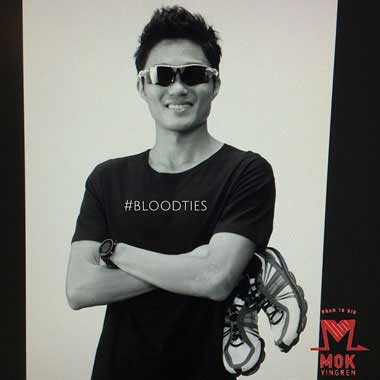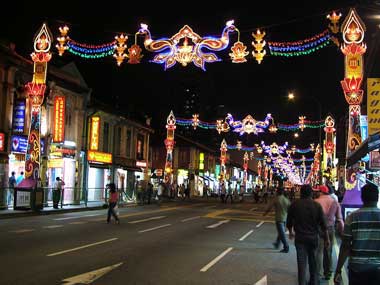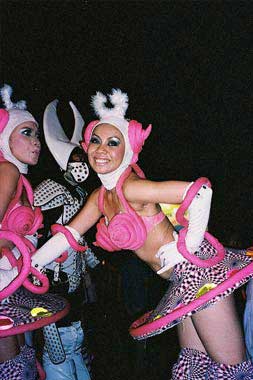Completed in 1986 following the damming of Sungei Seletar, Lower Seletar Reservoir stretches along a 14-kilometre shoreline in the north-east of Singapore. Its importance as an environmental treasure for Singapore canot be overstated, as it contains some 9.5 cubic metres of fresh water.
The reservoir has been open to recreational sailing and sports fishing since the mid-2000's. In 2004 the Public Utilities Board agreed to allow sailing, in collaboration with the Seletar Country Club and the Singapore Sports Council. This was the first time that such an activity had been allowed on Singapore's local reservoirs. Fishing is also permitted in designated areas in the Lower Seletar Reservoir.
The Reservoir Park, lying on the southern shores of the reservoir, has become a magnet for strollers, walkers and wildlife-spotters. For those who prefer even more laid-back pursuits in their leisure time than boating or fishing, there are numerous scenic walks to choose from. Public benches have also been arranged to allow perfect views of the tranquil waters. The area is fully-equipped for activities, with a 1.3-kilometre jogging track, a jetty and restrooms. The park is easily accessible, close by to Seletar Teleport.
Whether trekking along the reservoir shores, or tackling the rainforest canopy walks, the wildlife which can be seen is always breathtaking. Thousands of species of flora and fauna will catch the eye amongst this ancient forest area.
Enjoyment of the area's facilities have been further enhanced with the introduction of a complete smoking ban. Recent tightening of health regulations means that anyone caught lighting up anywhere in the park's three hectares now faces a fine of up to £2,000. This puts Lower Seletar Reservoir Park on a par with seven other Singapore parks as part of a broader initiative to create smoke-free zones right across the city state. As well as the beautiful reservoir environment, visitors can enjoy a nicotine-free experience when they go to the Singapore Botanic Gardens, Bedok Reservoir Park, Hort Park and Yishun Neighbourhood 8 Park.
In order to enforce these new positive health rules, a team of volunteers has been raised from residents of Nee Soon South. Promoted as the region's health ambassadors, their task is to go out into the park in order to inform visitors of the smoke-free status. This initiative is seen as particularly positive for the many westerners who visit this area, and might be anticipating the smoky environments that sometimes plague otherwise scenic tourist hotspots in other parts of the Far East.




